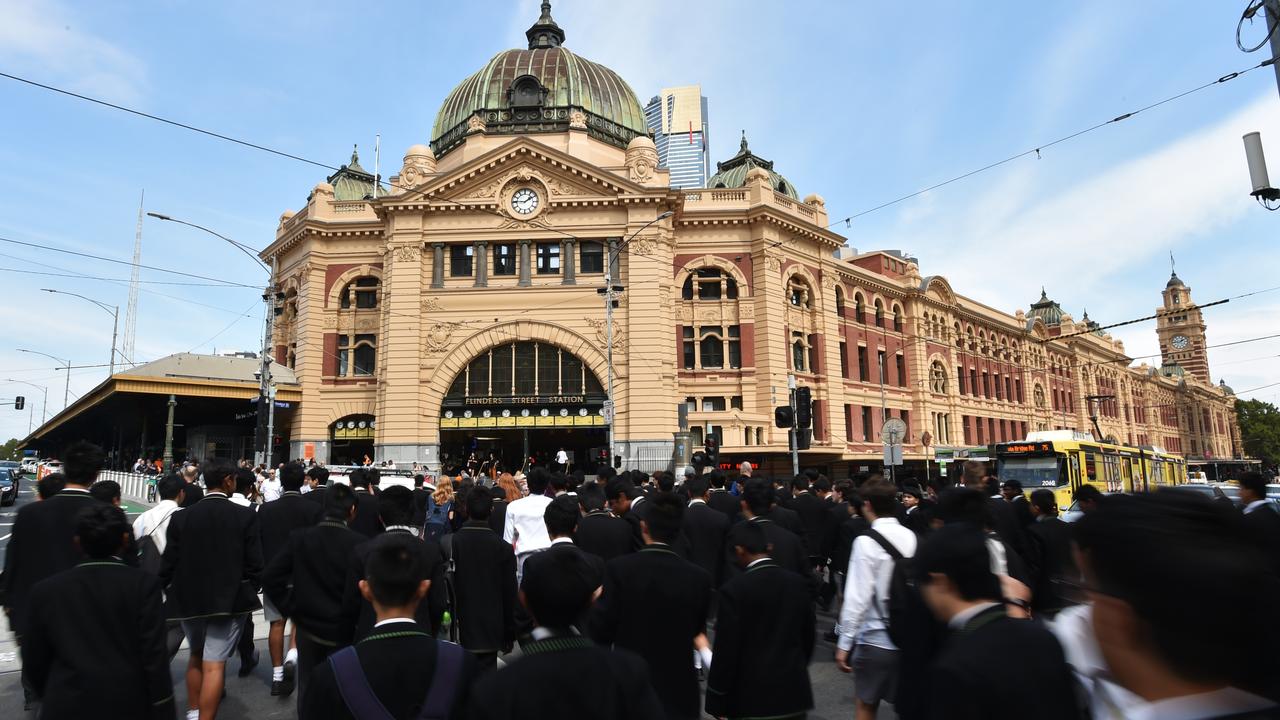Migrants key to labour force as home-grown workers dwindle
Migrants have been meeting more than 80 per cent of the demand for labour as the supply of Australia-born workers dwindles in an ageing population.
Scott Morrison’s goal of matching the 1.2 million jobs generated since 2013 over the next five years will be difficult to achieve with the large cohort of baby-boomers retiring and a much smaller group of young Australia-born workers entering the labour force.
Analysis by Melbourne University demographer Peter McDonald shows the number of young Australia-born people entering the labour force has been falling rapidly as a result of the drop in birthrates in the 1990s and the increased time spent studying.
Between 2011 and 2016, the number of people in the workforce born in Australia rose by 125,400 while the number of migrants increased by almost five times as much, rising by 615,300.
The number of young people born in Australia and entering the workforce has been shrinking rapidly. The number of native workers aged between 15 and 24 years fell by 178,000 over the five-year period.

Increased participation in education rather than work accounted for about a fifth of that fall, with the lower birthrate accounting for the rest.
The inflow of migrants more than compensated for this drop, adding just under 200,000 young people to the workforce.
Professor McDonald says the decline in young Australia-born workers will continue over the next decade, before picking up in response to the lift in birthrates in the mid-2000s.
In the absence of migration, the number of people employed in the 20 to 34-year-old age group would shrink by 518,000 over the decade to 2026.
Migration has also provided the bulk of the extra workforce for those of prime working age.
Over the five-year period, the participation rate of prime working age women rose but was more than offset by a fall in participation by men. The result was that the Australia-born workforce aged between 24 and 55 years rose by only 35,500, but this was supplemented by almost 400,000 migrants.
Migration has a much smaller impact on the contribution of older people to the workforce. Professor McDonald’s research shows migrants added 18,100 to the workforce aged over 55 years compared with a rise of 268,000 among the Australia-born.
Growth in the non-migrant older workforce mainly reflects the impact of the baby-boomer generation while there is a significant effect from rising workforce participation among older women.
The departure of baby boomers from the labour force will have a big impact. A National Centre for Vocational Education Research report says it will take the hiring of 283,000 workers a year for the next decade just to replace retiring baby-boomers before there is net growth in the workforce.


